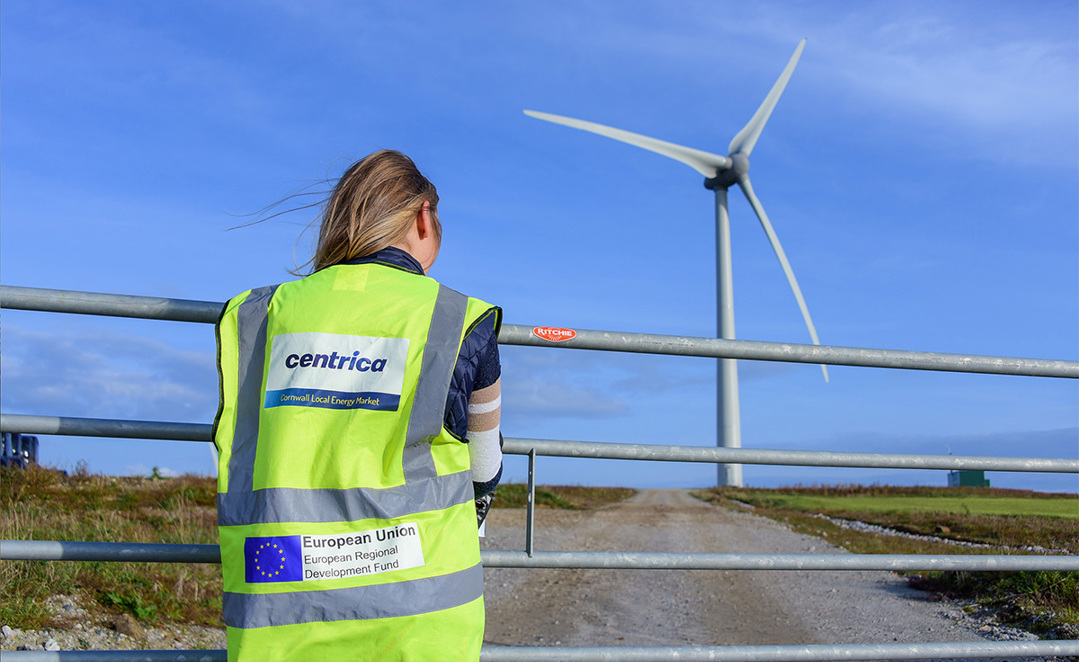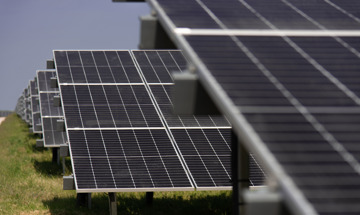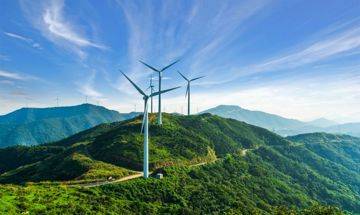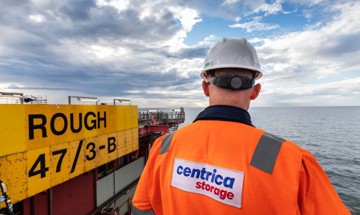Climate change is one of the biggest global challenges facing society today, and the energy sector is at the forefront of the urgent need to respond. But to achieve net zero, we need to transform the way we live, work and move, to ensure we manage and use energy more sustainably. We have a clear role and responsibility to help our customers, our business and the energy system, become net zero. That’s why Centrica has introduced bolder climate goals through our People & Planet Plan, that are aligned to the Paris Accord and are based on science.
We intend to:
- Be a net zero business by 2045 (with a 40% carbon reduction by 2034)
- Help customers to be net zero by 2050 (28% carbon reduction by 2030)
Achieving net zero CO2 emissions will depend on better management of energy use by both homes and businesses.
A blueprint for a smarter, more flexible energy system
To successfully reduce emissions, we must not only change how we produce energy, but also how it is distributed and consumed. This is particularly true if we want more of our energy to come from low carbon and renewable sources.
In 2020, we completed a three-year local energy market (LEM) trial in Cornwall, with more than 200 homes and businesses taking part. In what was the UK’s largest-ever trial of energy flexibility, we enabled households and business owners to generate, store and trade renewable electricity.
During the trial we installed five megawatts of low carbon technology across more than 100 businesses, with a further 100 homes receiving a combination of solar panels and wall-mounted battery storage.
The stored capacity of the home battery systems was combined to form a Virtual Power Plant and, when aggregated, was able to trade with grid operators completely autonomously. Some businesses saved as much as 35% on energy costs by operating at times more aligned with grid needs while homes saved an average of £360 a year.

Balancing demand and supply
As well as cutting energy bills, trading energy flexibly also makes it easier to balance the grid while generating large levels of electricity from renewables; allowing homes and businesses to increase, decrease, or shift the times they use or produce power depending on the needs of the grid. Energy fed into the grid through flexible trading can be scaled up or down based on the amount that is being generated by sources like solar or wind power, which can be variable due to weather conditions.
To make this possible, the LEM achieved a world first: enabling local electricity network operator Western Power Distribution and the National Grid, to simultaneously buy flexibility via a third-party platform: a smart auction-based marketplace designed by Centrica that traded energy capacity automatically. This has paved the way for a smarter grid that is better able to accommodate renewable energy.
Over three years, 310MWh of power was traded under the £16.7 million Cornwall LEM, with greenhouse gas savings of nearly 10,000 tonnes a year, successfully demonstrating what a smarter, flexible energy system can achieve.
Centrica has calculated that in order to accommodate the government’s plans to power every home with offshore wind, up to 25TWh of electricity will need to be traded flexibly every year.
The Cornwall LEM illustrates the appetite for local-level engagement needed for this to happen and shows how communities can manage their own energy to ensure demand and supply remain in harmony.

Case Study
Secure, Sustainable and Affordable: 2025 Policy Positions
Sustainability

Blog
Chris O'Shea - we must create a skills system that will produce the workers the UK needs to build our low carbon future
Sustainability

Case Study
The Demand for Energy Flexibility
Sustainability
Powering up the hydrogen revolution
Sustainability

Blog
Let’s grasp the opportunity a secure, Net Zero energy future affords
Sustainability

Blog
"It’s our role to take everyone on the journey towards Net Zero living"
Sustainability


